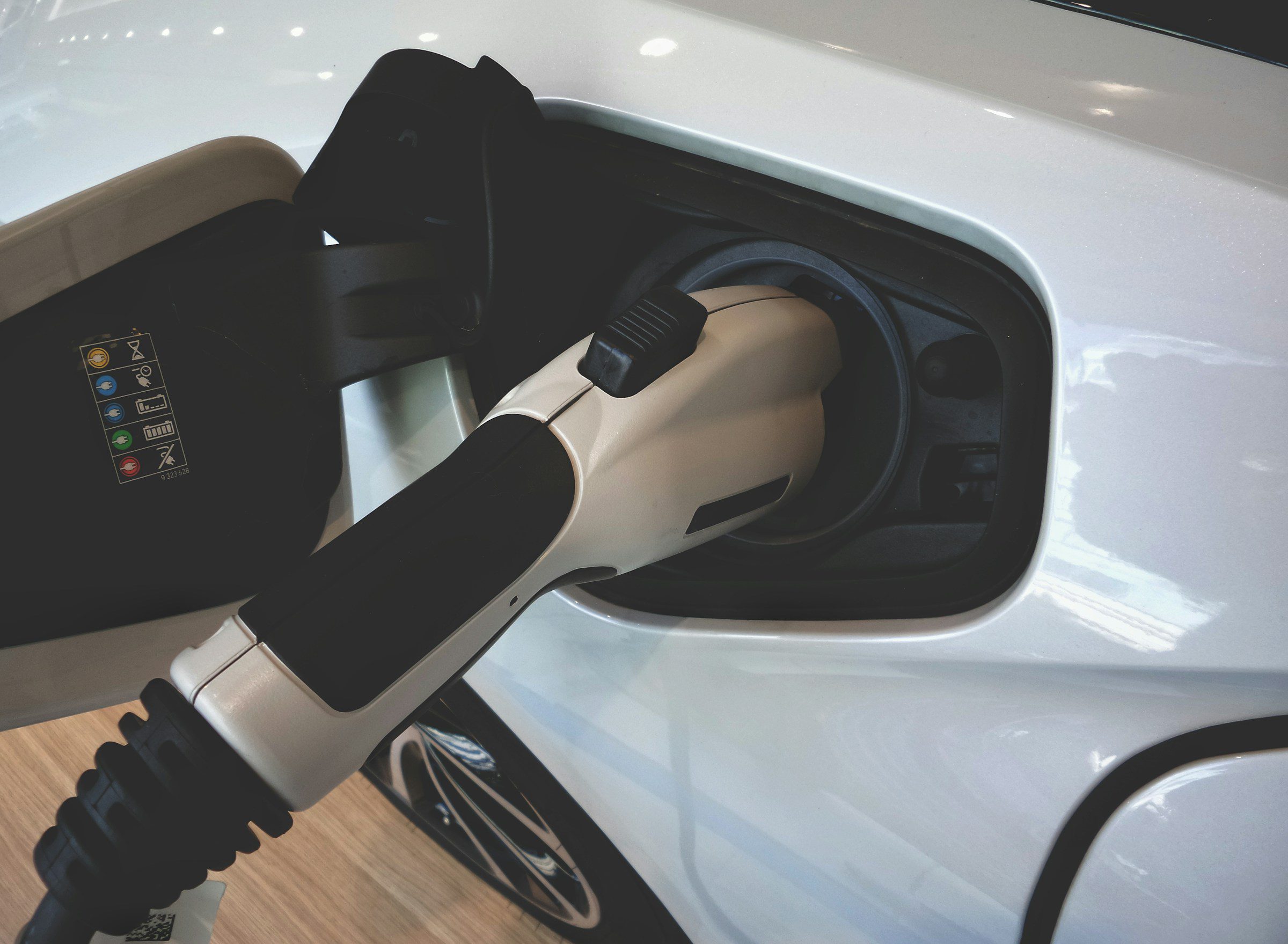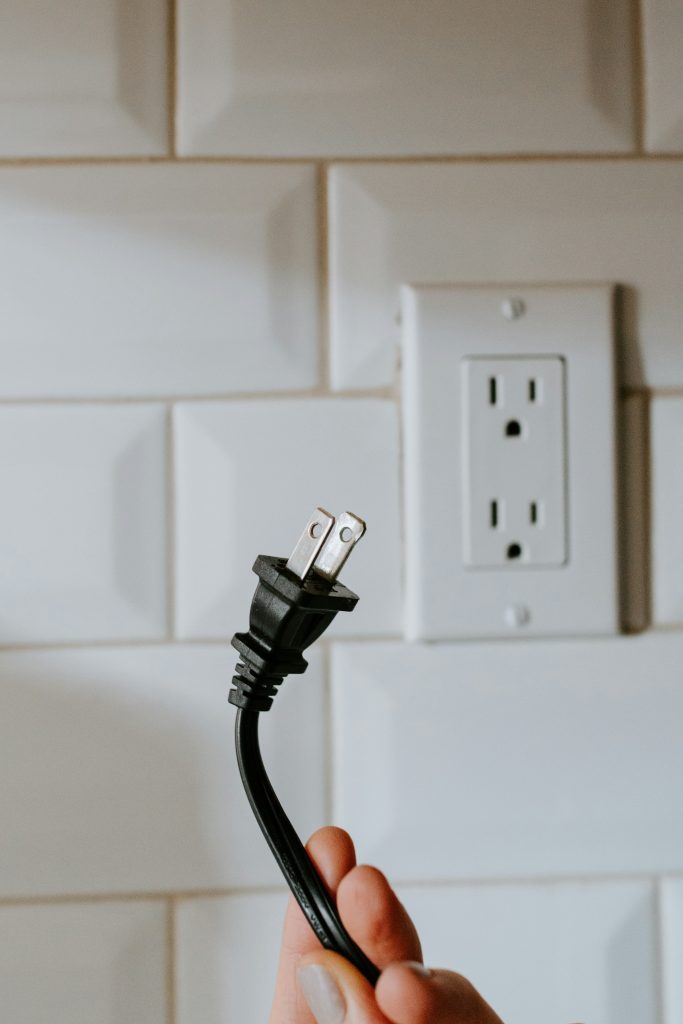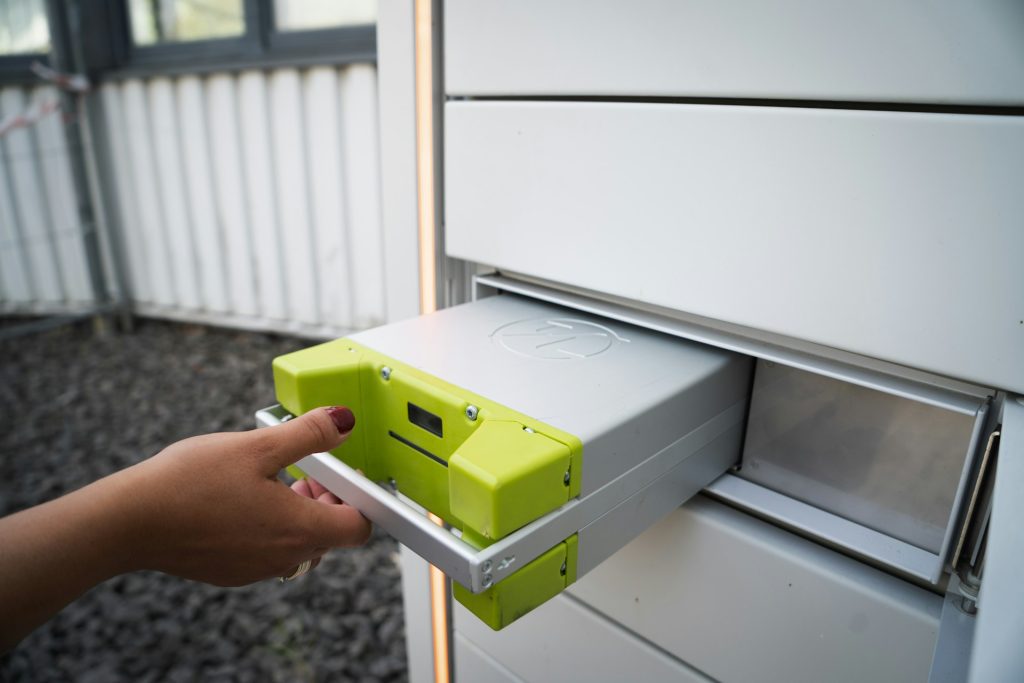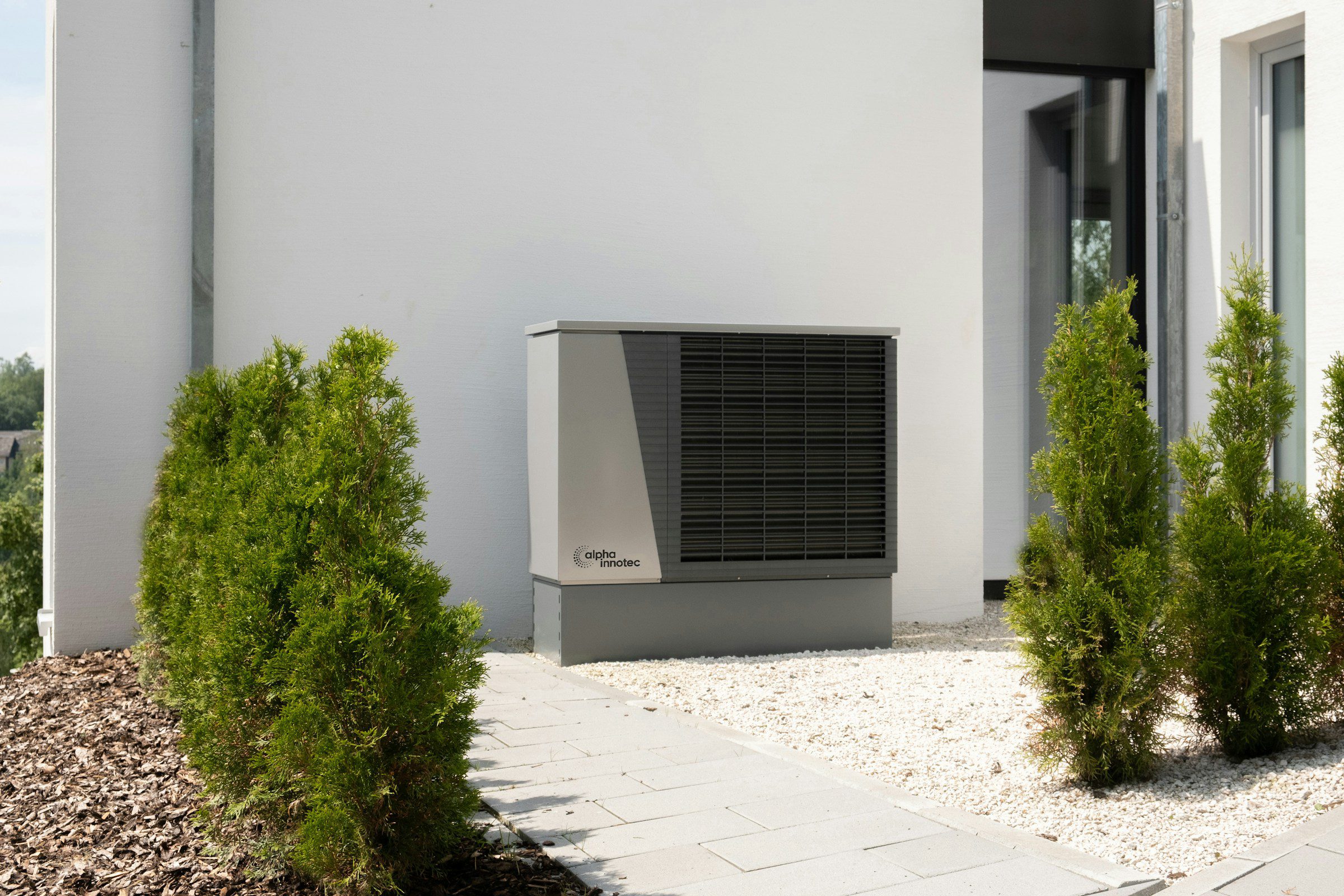
Power Banks: Enhancing Home Efficiency and Cutting Utility Costs
As energy prices continue to rise and grid reliability becomes a concern, homeowners are looking for smarter energy solutions to improve efficiency and reduce costs. One of the emerging technologies making a difference is the use of power banks—large-capacity home battery storage systems that store electricity for later use.
What Are Power Banks and Where Are They Useful?
Power banks, also known as home battery storage systems, store electricity either from the grid or from renewable sources like solar panels. They are particularly useful in:
- Reducing reliance on the grid – Power banks allow homeowners to use stored electricity during peak hours when utility rates are highest.
- Emergency backup power – In the event of a power outage, a fully charged power bank can keep essential home functions running.
- Smoothing energy demand – By using stored energy instead of drawing from the grid at peak times, homeowners can avoid high-demand charges.
How Power Banks Increase Efficiency and Save Money
- Time-of-Use Optimization – Many utility companies charge higher rates during peak hours (typically late afternoon and early evening). A power bank allows a homeowner to charge during off-peak hours and use stored power during expensive peak times, lowering their overall bill.
- Load Shifting – Power banks help distribute power use efficiently, allowing for better balance in energy consumption, which can also reduce overall grid stress and encourage more sustainable energy distribution.
- Maximizing Renewable Energy – When paired with a solar panel system, power banks store excess energy produced during the day so it can be used at night or during cloudy periods, ensuring maximum solar energy utilization and reducing dependency on fossil-fuel-based power.
- Incentives & Rebates – Various state and federal programs offer incentives to encourage battery storage adoption. For example, the Inflation Reduction Act provides tax credits for home energy storage, which significantly lowers upfront costs.
Costs of Home Power Banks
The price of installing a home power bank system varies based on battery capacity and brand, but here are general estimates:
- Small battery systems (5-10 kWh): $5,000 – $10,000
- Medium systems (10-20 kWh): $10,000 – $15,000
- Large whole-home backup (20+ kWh): $15,000 – $25,000
Installation costs can be further reduced through state rebates and federal tax credits, making these systems a more attractive investment.

Best Power Bank Options (U.S. Manufactured)
For those interested in American-made home battery storage, some of the best options include:
- Tesla Powerwall – A leading battery storage solution with smart features for energy management.
- Enphase IQ Battery – Modular storage with a strong focus on solar integration.
- LG Chem RESU – A highly efficient battery system with compact design.
- Generac PWRcell – A powerful storage solution designed for both backup power and energy efficiency.
Power Banks in a Full-Home Retrofit
Adding a power bank is a crucial step toward home electrification. When combined with solar panels, heat pumps, and airtight insulation, a home battery storage system enhances energy independence, reduces overall costs, and moves a household closer to a net-zero energy future.
Final Thoughts
Investing in a power bank is a strategic move for homeowners looking to cut energy costs, increase reliability, and maximize renewable energy use. Whether as a backup solution or a key component of a sustainable home, battery storage plays a critical role in the modern energy landscape.




